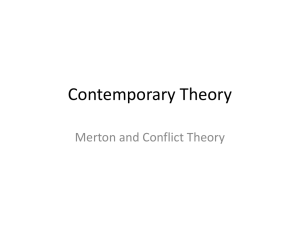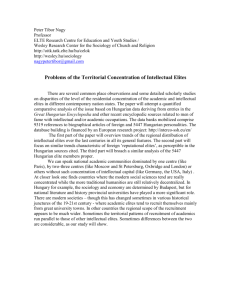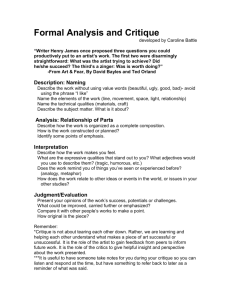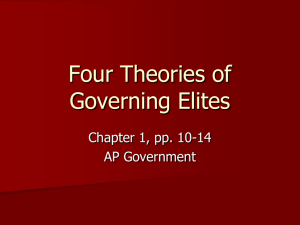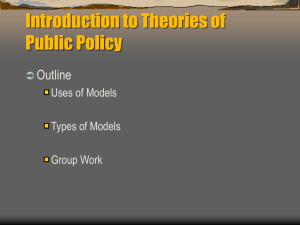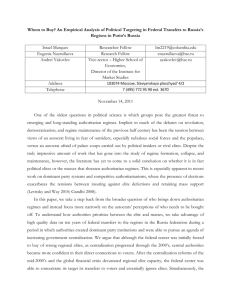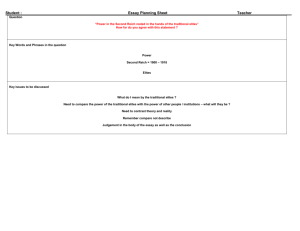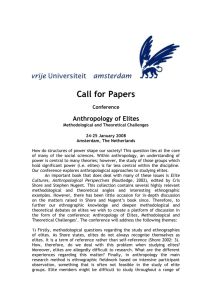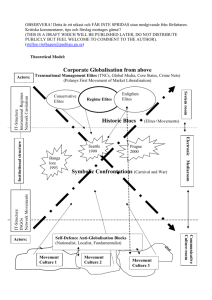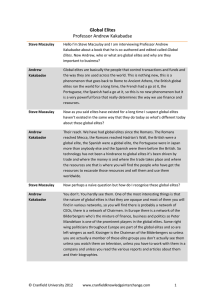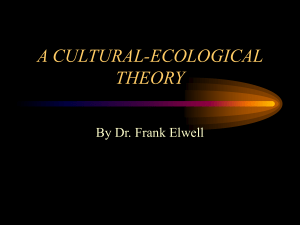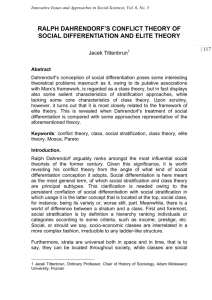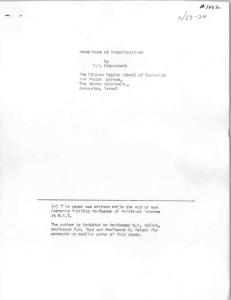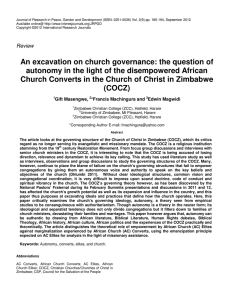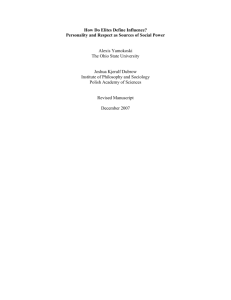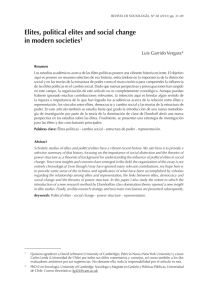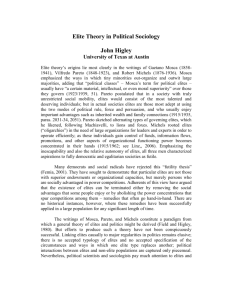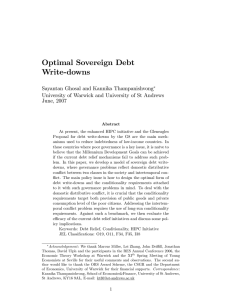Efforts to Revamp and Critiques of Parsonian Structural Functionalism
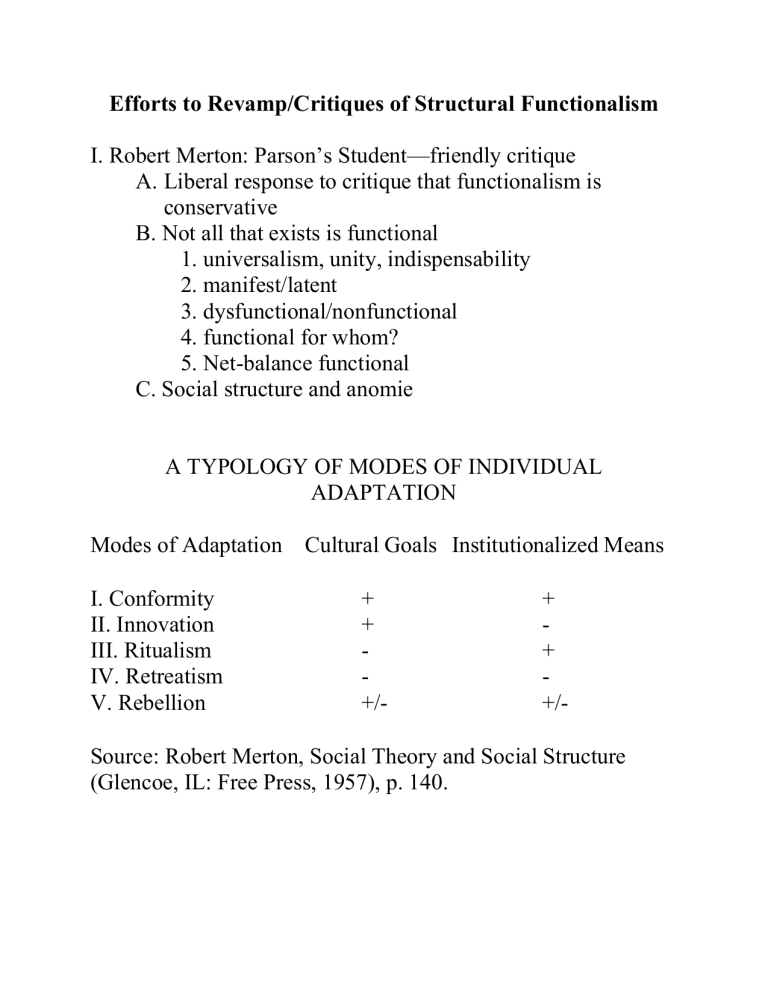
Efforts to Revamp/Critiques of Structural Functionalism
I. Robert Merton: Parson’s Student—friendly critique
A.
Liberal response to critique that functionalism is conservative
B. Not all that exists is functional
1. universalism, unity, indispensability
2. manifest/latent
3. dysfunctional/nonfunctional
4. functional for whom?
5. Net-balance functional
C. Social structure and anomie
A TYPOLOGY OF MODES OF INDIVIDUAL
ADAPTATION
Modes of Adaptation Cultural Goals Institutionalized Means
I. Conformity
II. Innovation
III. Ritualism
IV. Retreatism
V. Rebellion
+
+
-
-
+/-
+
-
+
-
+/-
Source: Robert Merton, Social Theory and Social Structure
(Glencoe, IL: Free Press, 1957), p. 140.
II. Coser: Functional Theory of Conflict
A. Influence Weber and Simmel
B. Conflict can be functional
C. Functional analysis of ability of system to accommodate conflict
III. Ralf Dahrendorf: conflict Theory
A. Critique of Parsons: “Out of Utopia” (1958)
1. ignores conflict
2. cannot explain change
B. Weberian theory of political domination
1. authorities and subordinates: quasi-groups
2. evaluates potential for collective action a. resources b. leadership and organization
3. evaluates ability of society to accommodate conflict
IV. C. Wright Mills: the Power Elite
A.
Authorities in each institution share interest
B.
Work together to maintain status quo
C.
Need to mobilize mass public
D.
Need for liberal reform
Conflict Theory Models of Interest Group Politics
Dahrendorf’s Non-elites
Other factors
Authorities
Conflict change
Subordinates Other factors
Dahrendorf’s Social System
_
Social and Ability to
Political + Accommodate
System
“Class” Conflict
_ external threat
Mill’s Elites
Cultural Elites Economic Elites
Social and Political Elites
Mill’s Social-Political System
_
Social and Ability to
Political + Serve Elite
System Interests
- external threat
